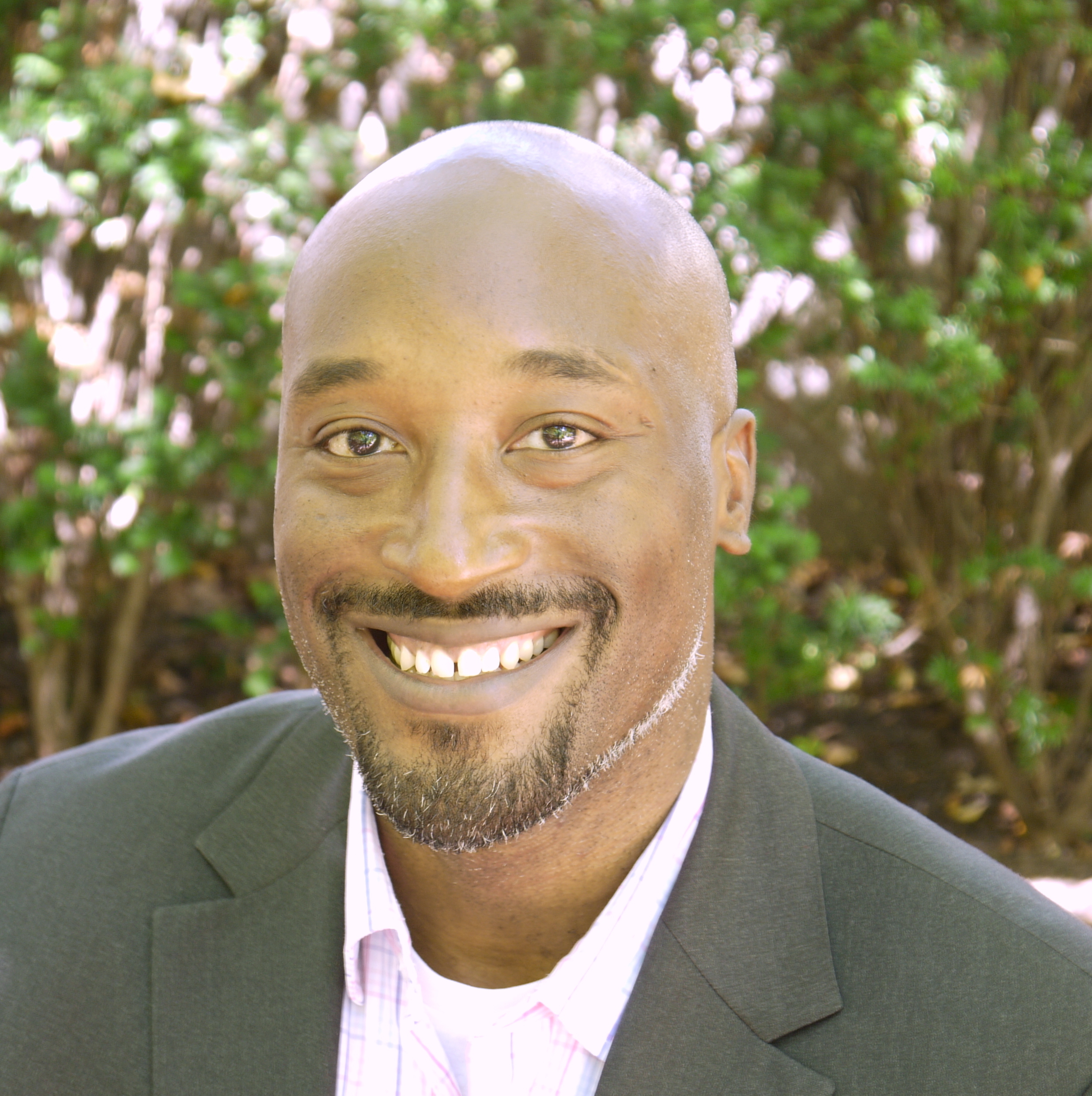Sam Dyson
Creating Transformational Learning Experiences
Sam Dyson believes powerful experiences are the core of transformational learning for youth. So when youth don’t have equitable access to those experiences, there’s a problem.
“Chicago is a city of abundance. From neighborhoods to the lakefront, learning opportunities are everywhere. But that abundance is not equitably accessible to all. It’s not uncommon for kids to point from their neighborhood toward the Willis [formerly Sears] Tower in the distance and ask, ‘What is that?’” says Dyson. “Equity is when abundance is accessible to all.”
As Deputy Director of the Chicago Learning Exchange, Dyson has led Hive Chicago, a peer professional learning network for innovation in education.
At Hive, Dyson says, “We are building a community among youth-serving organizations and their staff so they can better leverage the assets of their partners and the city, in recognition that no one organization has all the resources needed to fully serve the youth and families they’re trying to reach.”
The goal is to empower these educators to provide the central, formative experiences that may currently be inaccessible for many young people, ultimately closing gaps in engagement and opportunity.
Dyson says most of Hive Chicago’s members are organizations that provide programming for kids in out-of-school spaces. They include some of the largest cultural institutions in Chicago, like the Adler Planetarium, the Shedd Aquarium, and the Museum of Science and Industry, and smaller community-based organizations as well.
Through the Chicago Learning Exchange (CLX), Hive helps to facilitate partnerships between the 100+ member organizations. A notable example from the past was an initiative to address gun violence called Now Is The Time Chicago. This was a partnership between the Chicago Public Library, the Steppenwolf Theatre Company, and educational non-profit Facing History And Ourselves. “The project relied on the combination of their different skills and, all told, about 10,000 youth were involved directly or indirectly,” says Dyson.
Participants attended theatre productions examining gun violence and then worked to create their own works on the same subject. Other students produced audio and video stories exploring the issue and how it affected their communities. Later on, representatives from civic institutions — City Hall, Chicago Police Department, Chicago Public Schools — were invited to a series of forums where they engaged in thoughtful conversations with the young people.
According to Dyson, the centerpiece and engine of Hive’s community building work is its monthly meet-ups for individuals in its member organizations. “Every meet-up has some time for connections. People get time just to meet people they don’t know and share their work and strategies,” say Dyson.
Additionally, he explains that individuals also spend time at the meet-ups in working groups connected to “moonshots” or issues areas like Community Engagement and Access. These working groups are designed to drive new projects in their focus areas. Between meet-ups, members use tools like Google Docs to communicate and collaborate openly with each other.
Each year, CLX disburses grants to catalyze new projects that come out of these moonshots like The Maker MOB, an initiative to bring hands-on, maker-oriented activities to youth at neighborhood and community events where such activities would normally be unavailable.
Dyson sees many signs that Hive’s approach has been effective—like the four-fold growth in its membership since 2010—but he and his colleagues are also always looking for ways to improve. For example, they’ve focused on peer professional learning opportunities designed for the educators themselves. After all, Dyson says, if these adults are going to provide transformational experiences to youth, they too need inspiring, innovative educational opportunities that transform their understanding of what’s possible.
